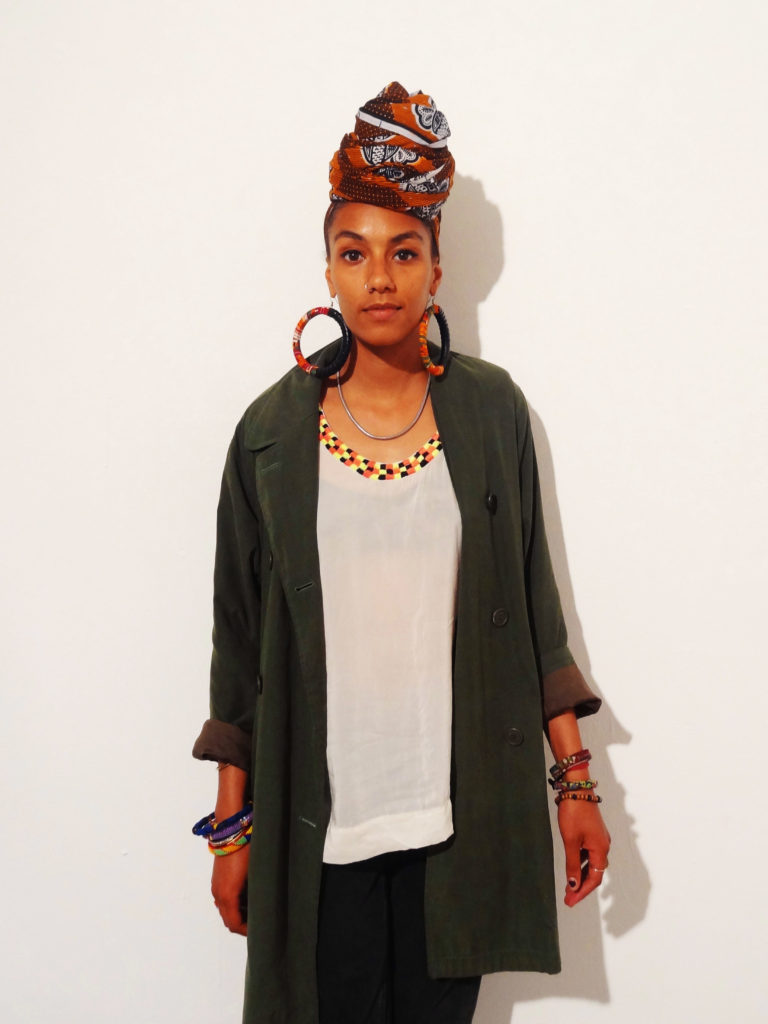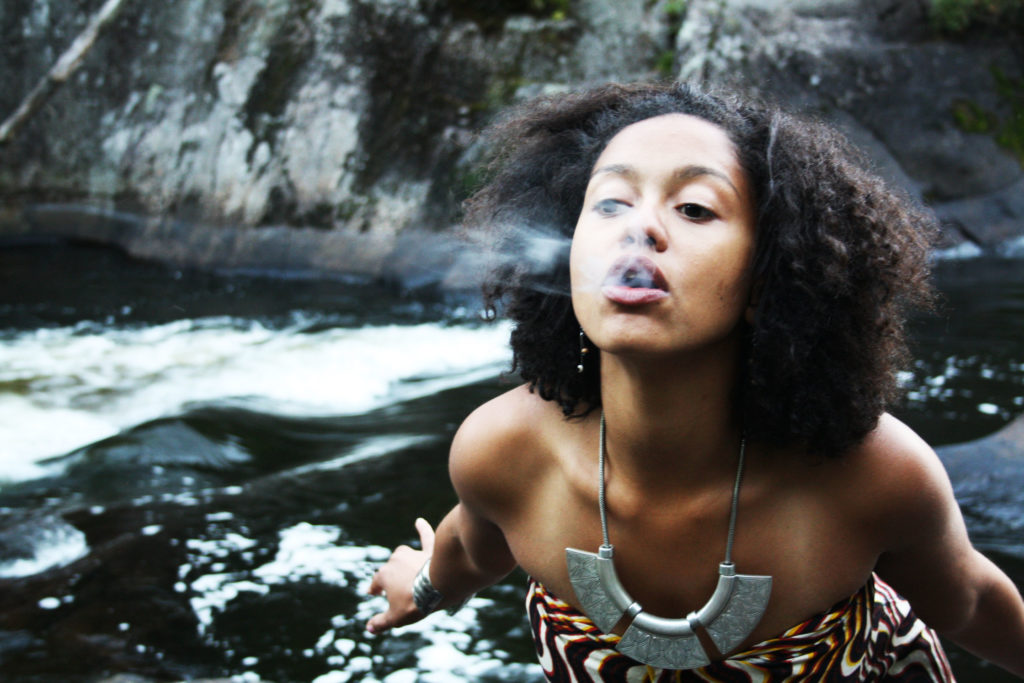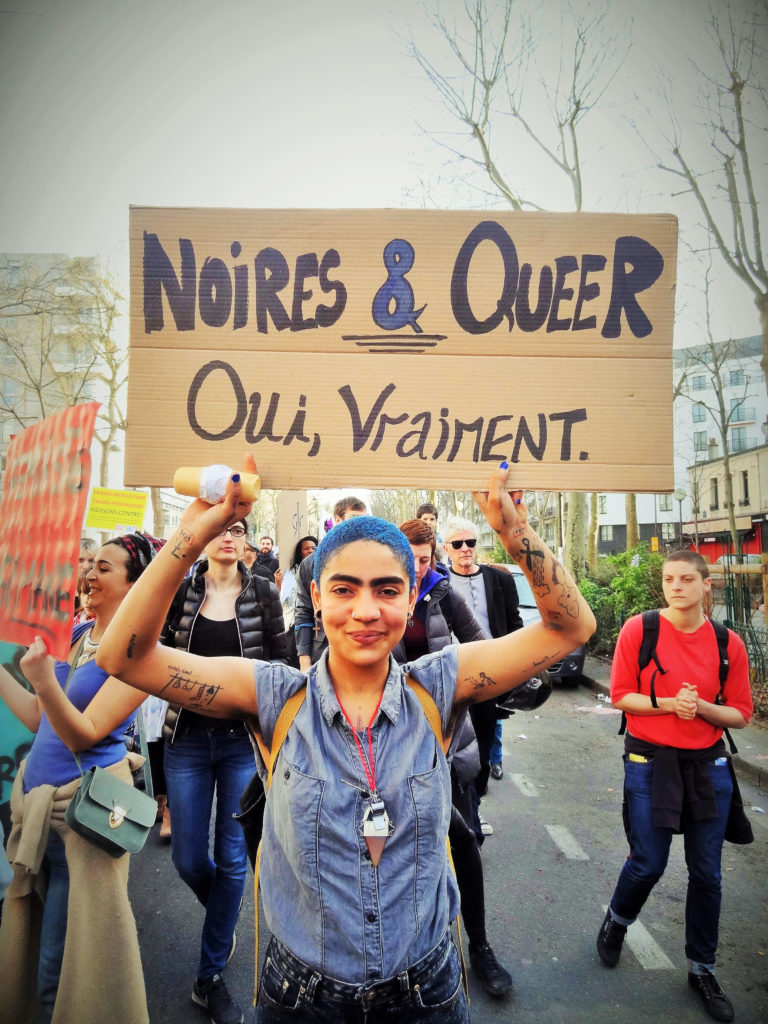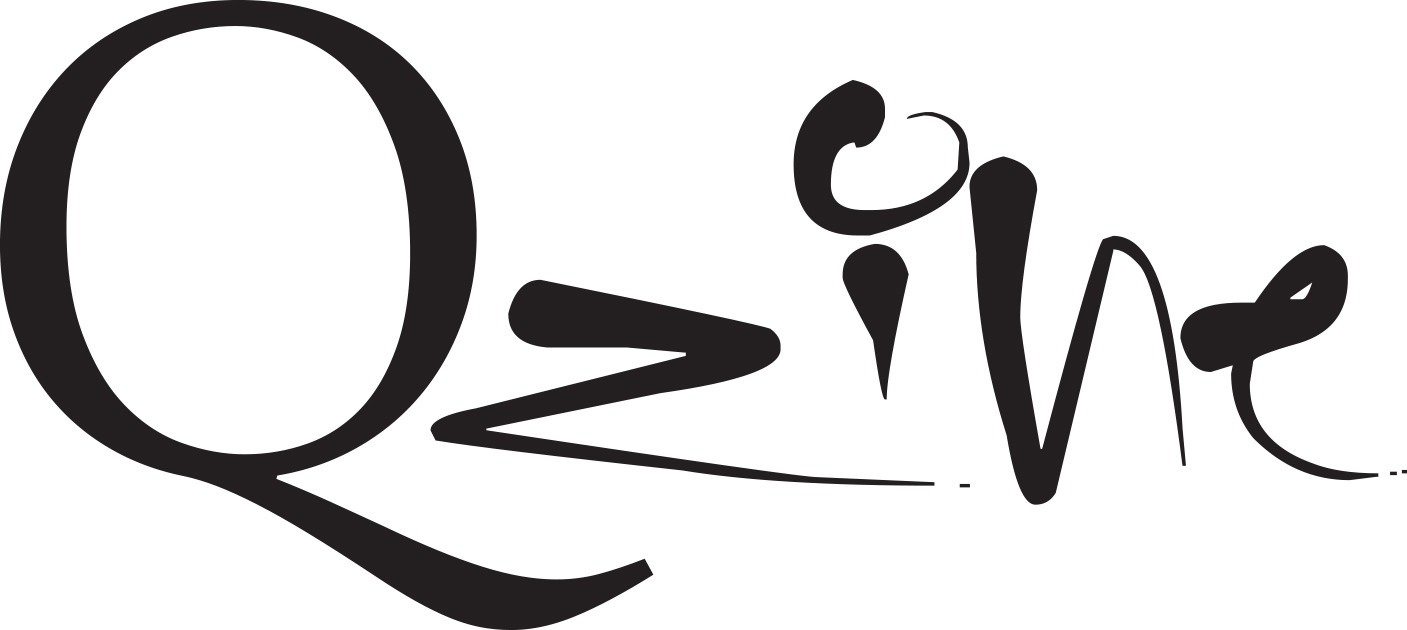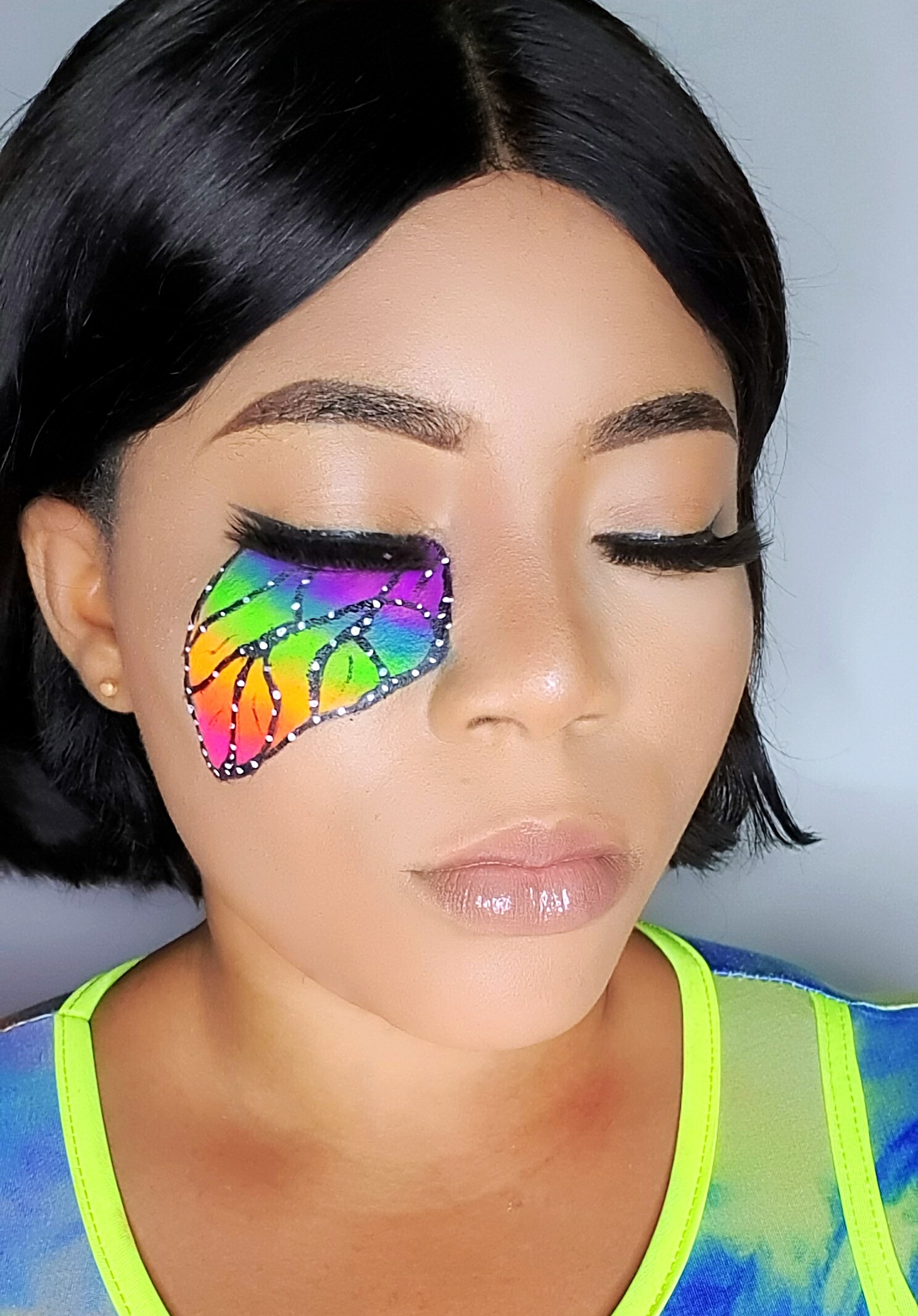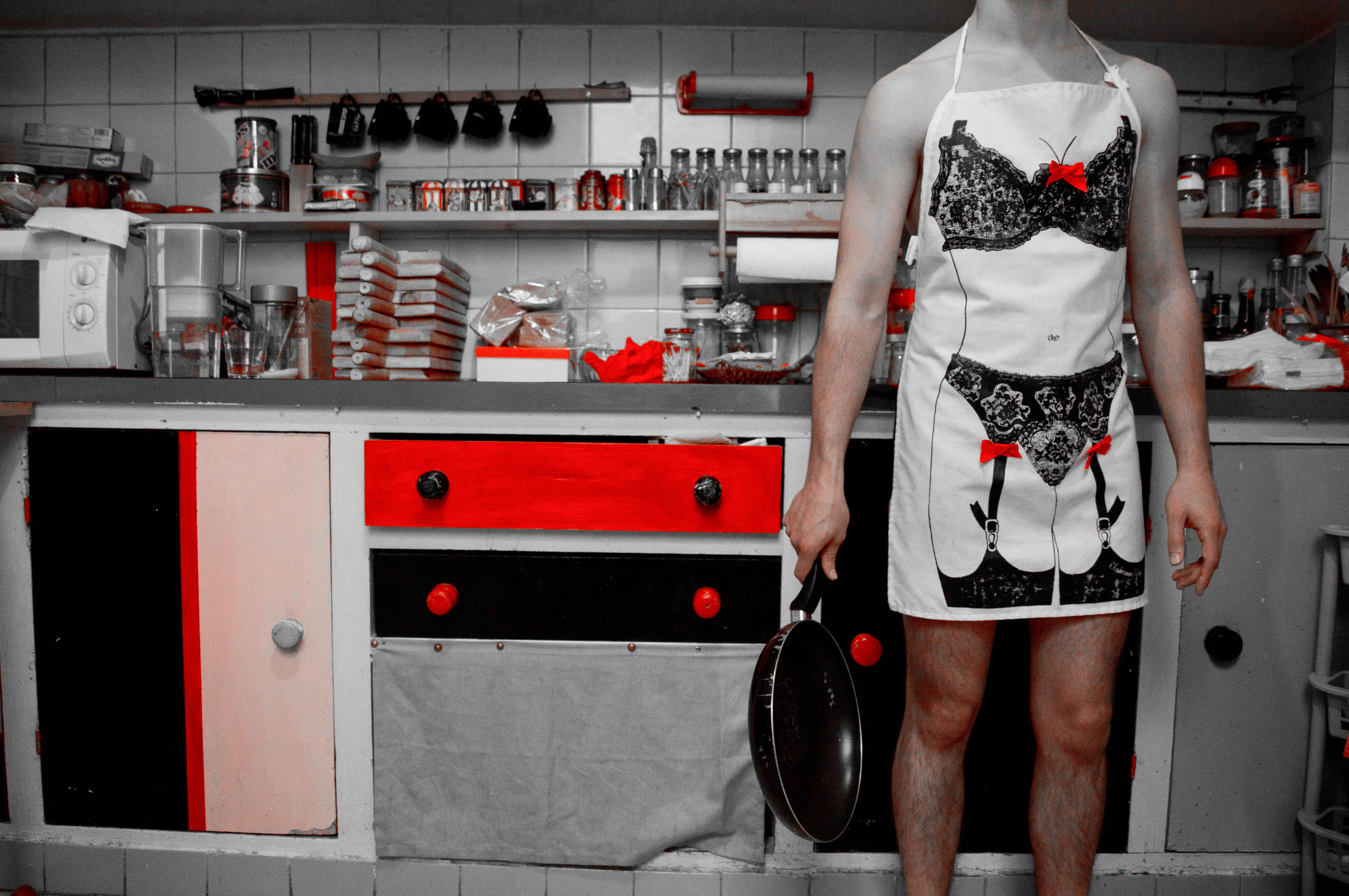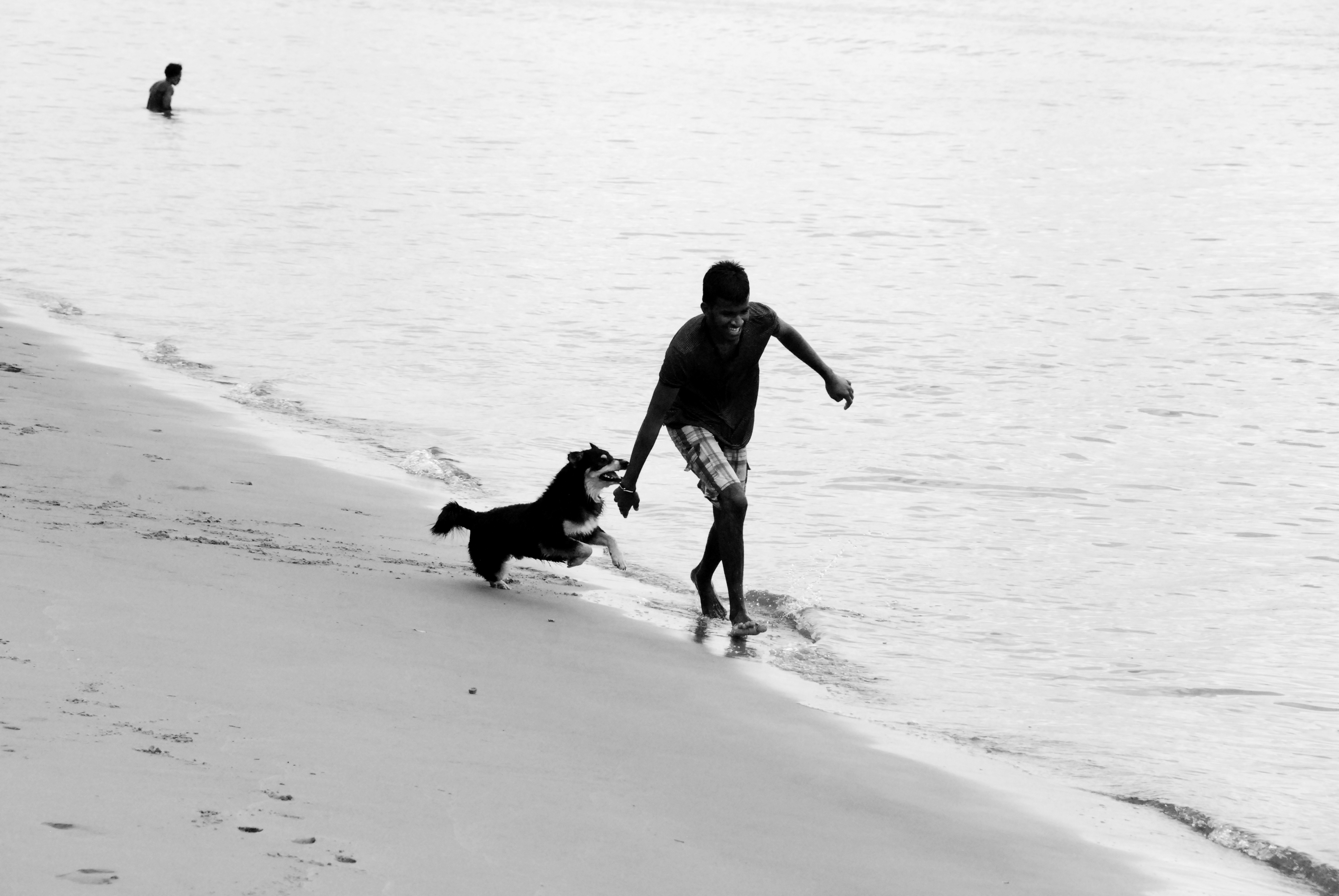We have to be seen AND heard
An Interview by Michael Kémiargola, photos by Claire Obscure
Living in France, Claire Obscure is an afrofeminist activist and a multitalented artist – a musician, painter, photographer… Here, she generously shares with us about the latter, and explains her journey as a photographer. She tells us about her taste for images and how minority and decolonial representations through images are crucial issues.
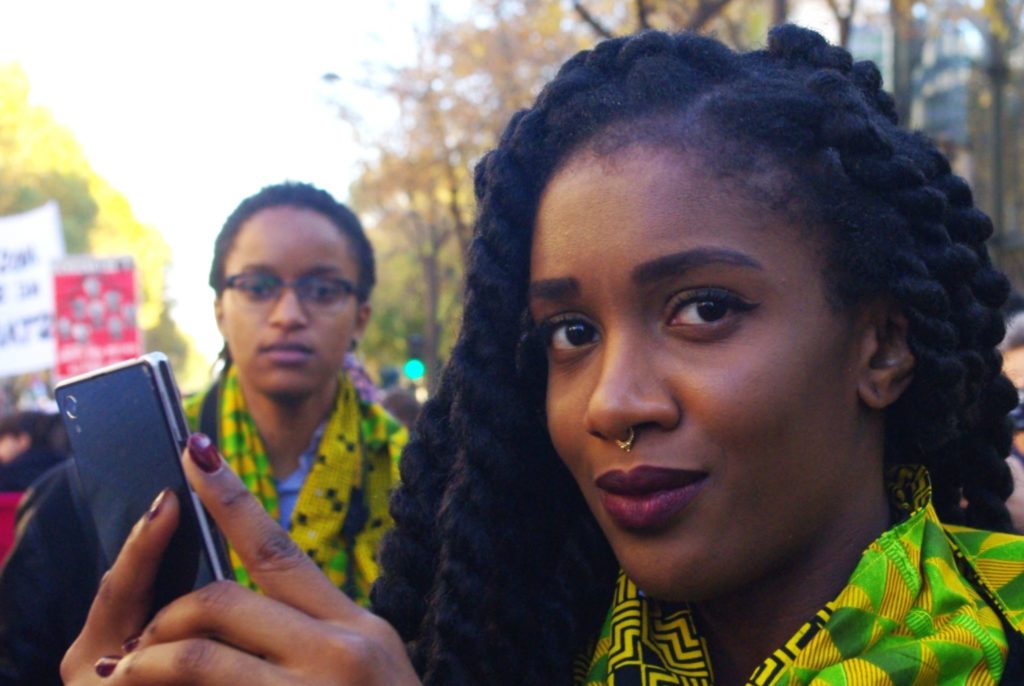
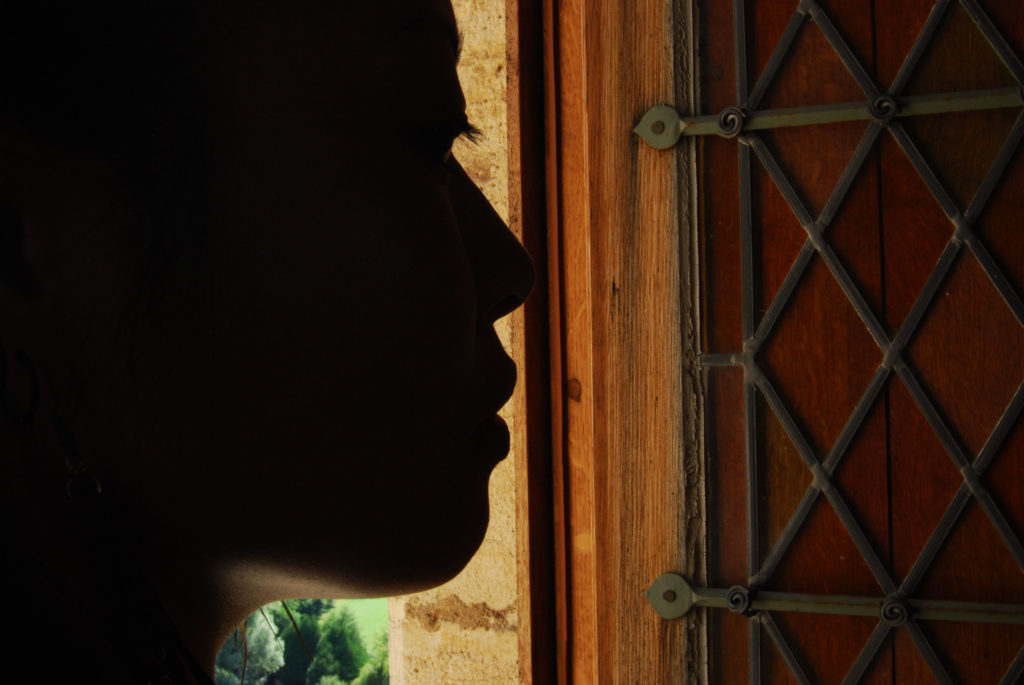
Michael Kémiargola: How would you define yourself? As of now, do you live your art spontaneously or through projects?
Claire Obscure: I would like to define myself as an artivist. I am fond of art and I’ve always appreciated art of any form – photography, video, music, painting, etc. I see myself as an art lover and an activist who tries to create. I am also a member of the afrofeminist collective Mwasi, based in Paris where I also try to bring what I know and share skills with my sisters. My mother was born in Cameroon; my father is a white French man. It matters for my work. I have many projects, in photography and other fields – I’m being patient, as I know it will take some time to realize them all.
MK: When and how did you begin photography?
CO: I think it was when I touched a camera for the first time. I immediately grasped the artistic possibilities. To me, photography is much more about intention than the equipment or technicalities. It’s about wanting to share one’s perspective of the world. It is very personal. As a child, I was amazed by my father’s Polaroid camera. I knew what I wanted to capture. And the result was almost immediate. Later I got my first digital camera and I’ve been taking photographs “in the moment”. On one hand, I feel the need to capture the beauty of someone or a landscape and on the other hand, the necessity to document events through a more social and political approach. Often it’s both.
MK: You have a few blogs, one is called “BeautésMinoritaires”. What was the idea behind it?
CO: I have several blogs dedicated to images and each serves a “decolonial” purpose. On my main blog, I share my own photographs. On BeautésMinoritaires, I share photographs that are not mine but which play their part in decolonizing our visual culture and enhance self-love. The title of the blog is “Representation Matters: the Forgotten Faces and Bodies of white supremacist capitalist patriarchy”. It is a reference to Bell Hooks. My idea was to create another space to celebrate the beauty of people from marginalised groups and people defying western beauty standards and heteronormativity. It was the first step I took before questioning my own visual culture and the stereotypes that I unconsciously reproduce through my photographs. My last blog is a collection of beautiful images of people of African descent in fantasy and sci-fi, fields which we are unfortunately very often erased from.
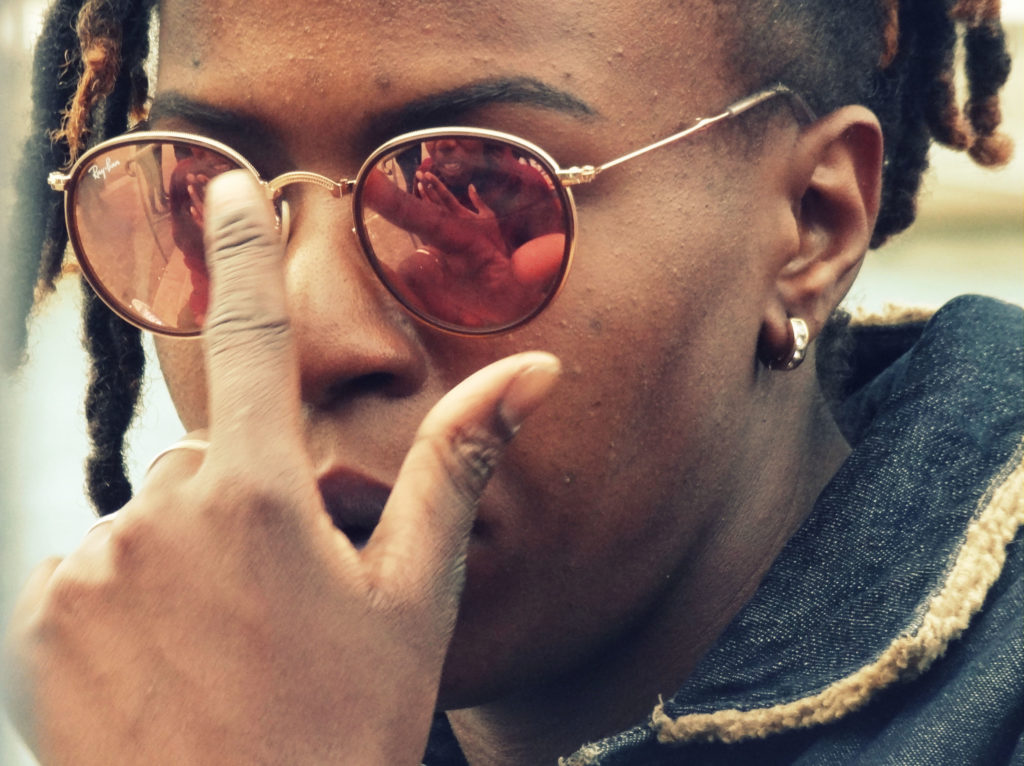
MK: You also paint. What can you tell us about it?
CO: I started painting quite recently. I immediately liked it. I still get to work with light and colours, but different from photography. I draw too and I’m trying to find a way to make the different media work together in harmony and in a coherent way.I recently participated in a six handed mixed-media live painting, it was a great experience.
MK: As a photographer what would you say about the issues of representation for queer people of African descent in France?
CO: I think it is important to be able to control this representation, pay attention to its quality because it’s not only about quantity. Who takes the pictures? Of whom?For whom? Who is benefiting from it? What messages does it convey? To me, being visible may be a piece of the puzzle that is emancipation. So it’s a good thing in a society so visual, but the stakes of representation are often beyond us. In the last centuries, visual content took a great part in oppressive propagandas, and we can legitimately wonder to what extent can it be a part of the solution. We have to be seen AND heard. Too often the former outweighs the latter.
MK: How about exoticization? Is it something you fear in the way people can approach and appropriate your work?
CO: I shared my first series of portraits of black women on my blog, and among my street and nature photography and other portraits, this particular series achieved great success. I didn’t expect that at all. I couldn’t help wondering: was it the scarcity of representation (exoticism) or the quality of representation (empowerment)? I guess the fear of manipulation and appropriation of my work has always been there, it is inevitable but I refuse to stop creating because of this fear. It took me long enough to define myself as an artist, so I don’t need any more obstacles on my path.
